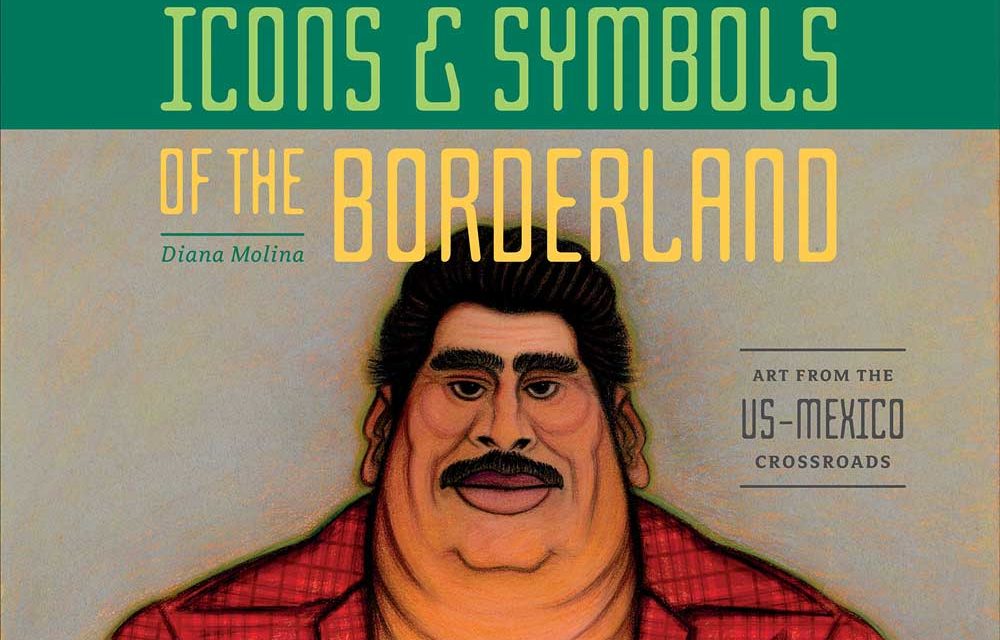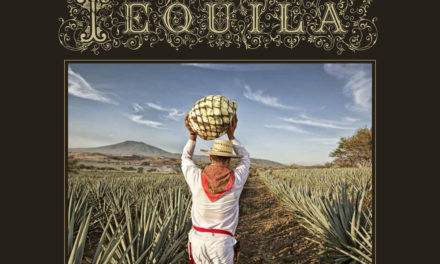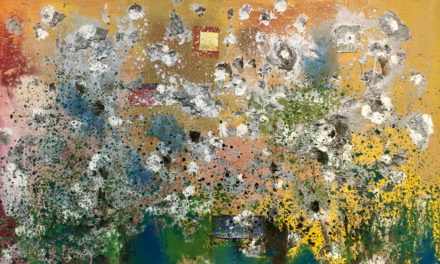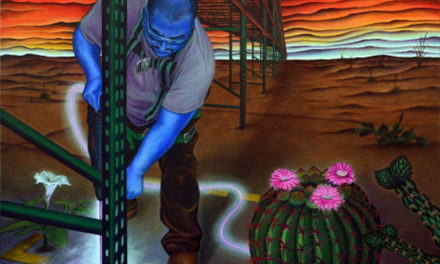This week’s cover art comes from the book, Icons & Symbols of the Borderland: Art from the US-Mexico Crossroads (2020). Author of narrative and collage artwork by Diana Molina offers the following words:
“The nation’s divide on immigration policy reform and the topic’s sharp and tangled nature is clearly visible in borderland structures.Tied to the economies and politics of multiple nations, current practices kill hundreds and force thousands to live and work in societal shadows. People disagree on the solutions. Minutemen in 2005 and wall advocates today demand layers of physical structure to secure the border. Migrants want access to better lives and opportunities. Immigrant advocates seek equal rights and humane treatment.The issue’s complexity is tied to culture and compassion, and people take action.They trek deserts and patrol borders.They board civil-rights buses and march in the streets. And they do it so that the world, as they understand it, will get better.
Julian Castro, 2020 presidential candidate and an immigration crusader for ,. policy reform, challenged his running mates to take a stand on Section 1325 against the criminalization of migrants by making illegal entry a civil offense.
“It cannot withstand faith; it cannot withstand truth. The wall cannot withstand freedom,” said President Ronald Reagan in Berlin in 1987. While he called for. the destruction of the Berlin wall, he took a middle road and called for strong borders but also granted amnesty to many unauthorized immigrants in 1986, when he signed the Immigration Reform and Control Act.The wall is a patchwork constructed of barbed wire, corrugated steel, metal fencing, concrete, and materials once used as military landing mats in Vietnam, and its construction has no end in sight.”
For more information and context to further explore the themes of Icons and Symbols of the Borderland Book, Molina recommends readers to visit: http://www.juntosart.org
Borderline III












